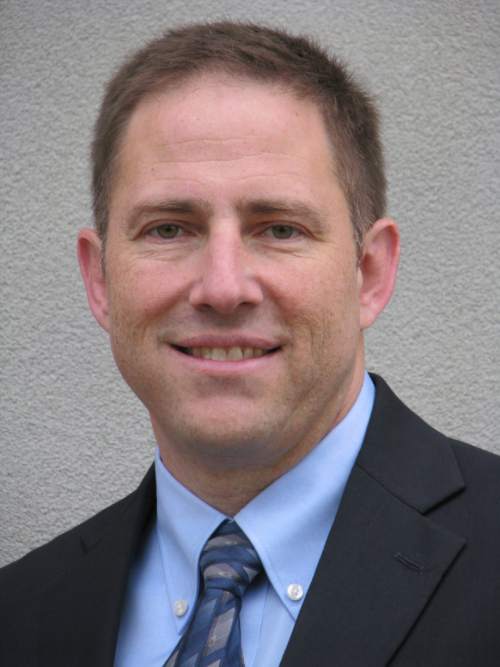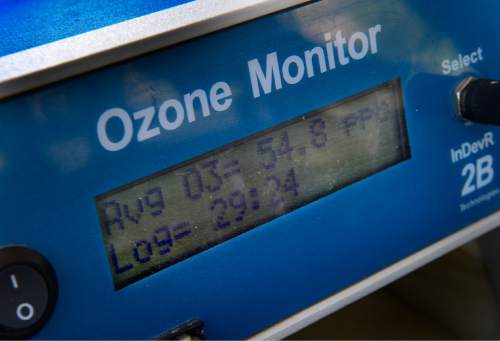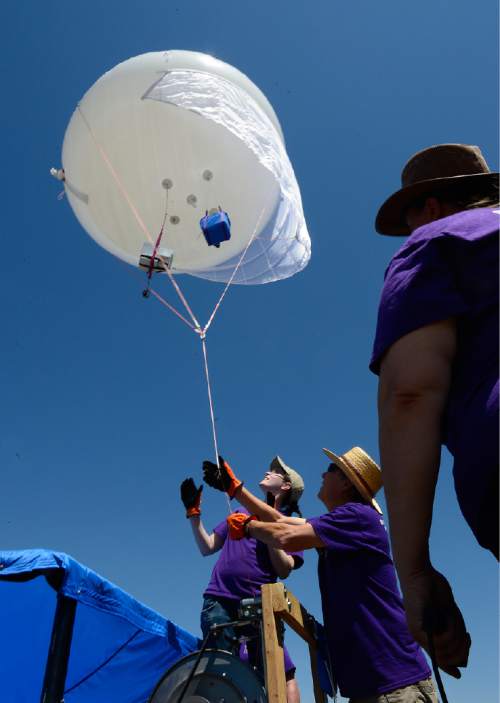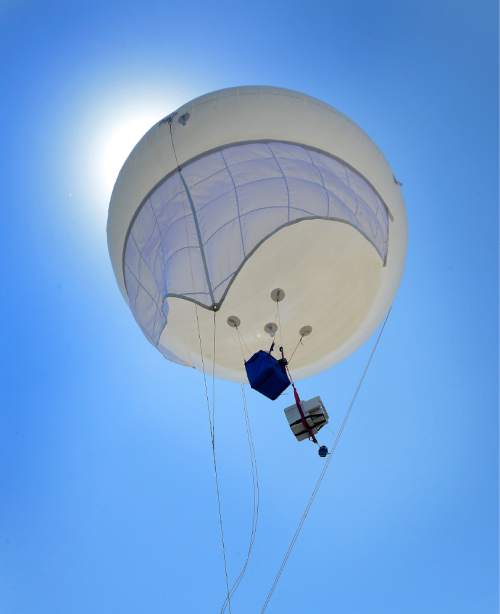This is an archived article that was published on sltrib.com in 2015, and information in the article may be outdated. It is provided only for personal research purposes and may not be reprinted.
The newly released national ambient air standard for ozone should be within Utah's grasp, state regulators say, but environmental groups believe the standard falls short of protecting public health.
The Environmental Protection Agency announced on Thursday that it has finalized its decision to drop the standard for ground-level ozone from 75 parts per billion to 70 parts per billion. Administrator Gina McCarthy said the standard was based on a review of almost 2,300 scientific studies that suggested the average healthy adult would begin to suffer adverse health effects when exposed to ozone concentrations greater than 72 parts per billion.
McCarthy said she believes it will be possible for most areas of the nation to comply with the more stringent standard by 2025.
"We know how to do this," she said. "We've done it before, and we're ready to do it again."
EPA estimates suggest it will cost the nation an additional $1.4 billion annually to meet the standard, but those costs come with the benefit of reduced doctor visits and school and workplace absenteeism, McCarthy said.
The new standard puts some portions of Utah at risk of being designated non-attainment areas over the next few years, but Bryce Bird, director of the Utah Division of Air Quality, said he believes it will be possible for Utah to comply.
"I think generally we're optimistic," he said. "We're on a good path to meet the standard just based on what we've already required."
Whether Utah will meet the standard in time to avoid a non-attainment designation, which would require the state to develop an action plan aimed at addressing ozone pollution, remains to be seen. The state's attainment status will be determined over the course of the next year or two, and areas including the Wasatch Front and the Uinta Basin currently average ozone concentrations above the new standard, Bird said.
Provo, for example, is averaging 73 parts per billion, and Spanish Fork averages 72. Salt Lake City saw concentrations as high as 80 parts per billion last June, but that was due to abnormal weather events, Bird said. A normal concentration level for the Salt Lake area, he said, is closer to the 2014 maximum concentration, which measured 72 parts per billion.
"We do have some work to do to get down to the new standard," Bird said.
But environmental groups, including the Sierra Club and the Environmental Defense Fund, have criticized the new standard for being too soft. Tom Wagner, executive director of Utah Physicians for a Healthy Environment, said he would have liked to see the EPA go further.
"From my perspective, I am first and foremost disappointed that they didn't go lower than that," Wagner said. "All the medical research we've seen suggests the lower they go, the better off we're going to be."
Wagner said the research he is familiar with suggests the EPA should have dropped the standard to at least 65 parts per billion, which he said would have done more to protect vulnerable populations such as the young, the elderly, and those with respiratory conditions like asthma. He said he felt the EPA had sold out to business interests.
"Protecting public health should always trump economic interests, particularly boom and bust economic interests like oil and gas," Wagner said.
That said, Wagner expects that the new standard will result in better health for Utahns and in a decline in asthmatic episodes. Ozone has the potential to affect everyone, he said — exposure even among healthy adults can lead to lung damage Wagner likened to getting a sunburn.
"It's just going to take time," Wagner said. "But we do expect this to the a positive outcome. We just believe the beneficial health impacts of this could be much greater."
@EmaPen









